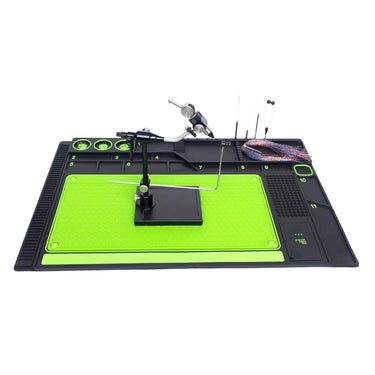Web of Design: Spider Pattern Reimagined
The Spider Pattern is a technical analysis formation in trading that resembles a spider's web, often signaling potential reversals or continuations in price trends. Here’s a breakdown of its key aspects:
Characteristics of the Spider Pattern:
Structure:
Multiple trendlines (like a spider's legs) converge or diverge from a central point.
Forms when price action creates a series of higher highs (HH) and lower lows (LL) or vice versa, resembling a web.
Types:
Bullish Spider: Indicates a potential upward reversal after a downtrend. Price consolidates with converging support lines before breaking upward.
Bearish Spider: Suggests a downward reversal after an uptrend. Resistance lines converge, and price breaks downward.
Key Components:
Central Pivot Point: The "body" of the spider where trendlines intersect.
Legs: Diagonal support/resistance lines connecting swing highs/lows.
How to Trade the Spider Pattern:
Identification:
Look for at least 3-4 trendlines converging.
Confirm with volume spikes or other indicators (e.g., RSI, MACD).
Entry:
Bullish: Enter long after price breaks above a key resistance trendline.
Bearish: Enter short after price breaks below a key support trendline.
Stop-Loss & Targets:
Place stops below the recent swing low (bullish) or above the swing high (bearish).
Target the next significant resistance/support level or use a 1:2 risk-reward ratio.
Example Chart Patterns:
Web-Like Consolidation: Seen in triangles, wedges, or pennants before a breakout.
Fibonacci Spider: Trendlines align with Fibonacci retracement levels (e.g., 61.8%).
Pros & Cons:
Pros: Works well in ranging markets; clear visual structure.
Cons: False breakouts are common; requires confirmation.
Similar Patterns:
Crab Pattern: A harmonic trading pattern with Fibonacci ratios.
Butterfly Pattern: Another harmonic reversal pattern.
Would you like a real-world chart example or a strategy to combine it with other indicators?















